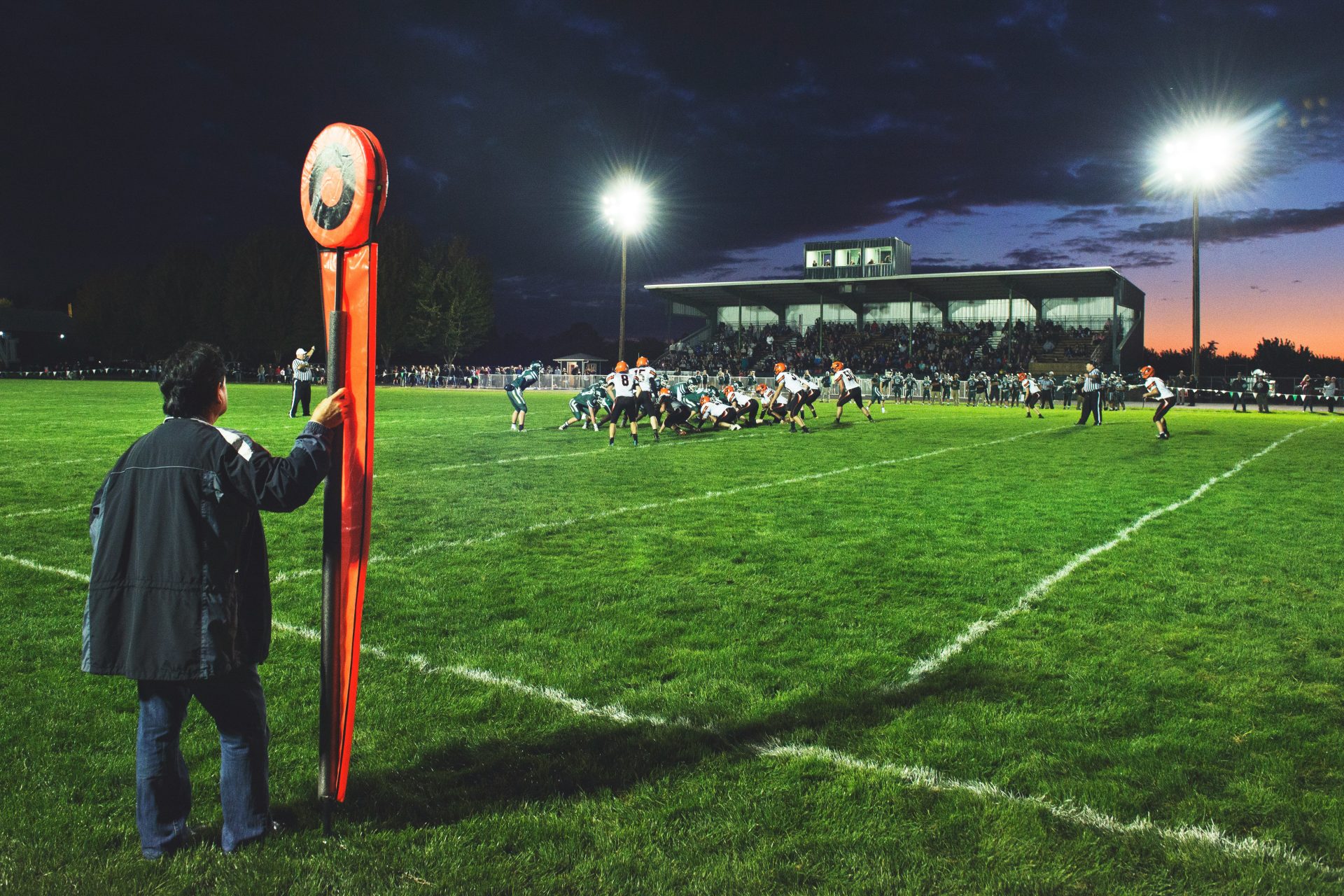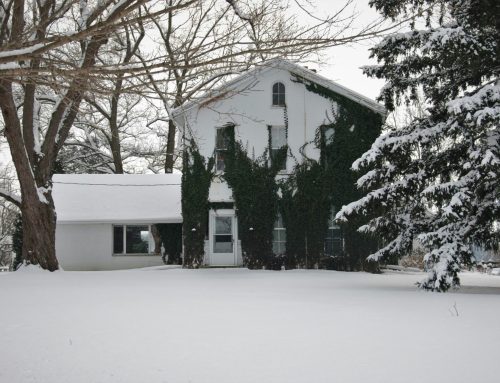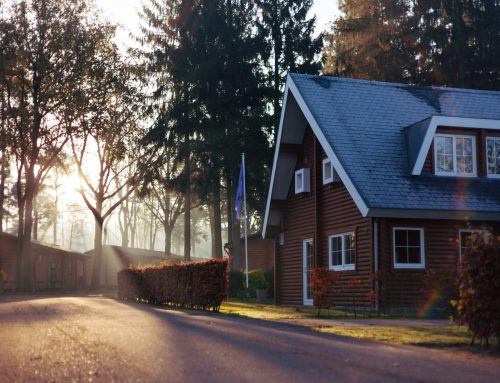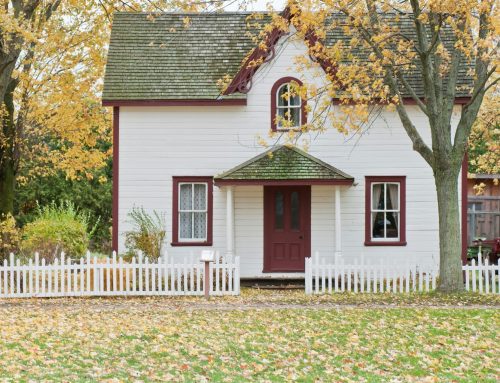There’s something about the crackle of a crisp autumn evening, the smell of fresh-cut grass, and the roar of a high school football crowd that sparks nostalgia for those who grew up in the 1950s and 60s.
High school football games were much more than a local sports event back then. They were a cultural experience, an anchor of community life, and a rite of passage for many. The sights, sounds, and memories from those Friday night lights are etched in the minds of many seniors today. Let’s take a walk down memory lane and revisit what made high school football in the 50s and 60s such a magical experience.
The Heart of the Community
In the 1950s and 60s, high school football was the heartbeat of small towns and communities across America. Friday nights meant parents, grandparents, siblings, and neighbors all packed the local high school stadium to cheer on their team. The whole town seemed to shut down, and whether you were on the field, in the stands, or part of the band, you were part of something larger than yourself.
Parents would mingle in the bleachers, local businesses would sponsor the game program, and everyone had their favorite player or coach to root for. The energy was palpable. For many, these games were the highlight of the week, where the worries of daily life melted away under the glow of the field lights.
Varsity Jackets and Letterman Sweaters Were Symbols of Pride
Perhaps one of the most iconic symbols of high school football in the 50s and 60s was the varsity letter jacket. Earning a letterman jacket was a badge of honor, a symbol of athletic achievement, and a tangible representation of school spirit. These jackets, adorned with school colors and a large varsity letter on the chest, were worn with pride by athletes.
Beyond the players themselves, it wasn’t uncommon for a player’s girlfriend to wear his jacket—a sign of commitment and connection that everyone recognized. When you saw someone walking the halls in a letterman jacket or sweater, you knew they were part of something special.
Cheerleaders and Pep Rallies Were The Soul of the Game
No high school football game was complete without the enthusiasm of the cheerleaders. Dressed in their pleated skirts and pom-poms, cheerleaders led the crowd in chants, urging everyone to get on their feet and support the team. The cheerleaders were at the game and the pep rallies held during school hours. The whole student body would gather in the gym, the marching band would play fight songs, and the football team would be introduced to thunderous applause.
Pep rallies set the tone for the big game, building anticipation and camaraderie among students. It didn’t matter if you were an athlete, a member of the band, or simply a student—everyone felt the collective excitement and pride that came with being part of the school’s football tradition.
The Marching Band Sets the Rhythm
For those who weren’t on the field but still loved the thrill of game night, the marching band was the place to be. In the 1950s and 60s, marching bands were an integral part of the football experience. From the opening kick-off to halftime shows and the final whistle, the band’s music filled the air.
Halftime was its own spectacle, with the band marching in perfect formation, performing the latest hits or school fight songs. The halftime shows brought an extra layer of entertainment to the games, as fans eagerly anticipated the band’s performance.
Homecoming Games Were A Tradition to Remember
Homecoming was the crown jewel of the high school football season. Alumni would return to their alma mater, reminiscing about their own days on the field or in the stands. Homecoming week was filled with themed spirit days, parades, and, of course, the crowning of the homecoming king and queen. It was a celebration of past and present,
where generations of students gathered to share in their love of the game.
The homecoming game itself was often the biggest game of the season, with the stands packed to capacity. For seniors on the team, it was a bittersweet moment, knowing it might be one of their last times to represent their school on the field. For fans, it was a chance to see old friends, relive memories, and bask in the nostalgia of seasons gone by.
The Simplicity of It All
Perhaps what makes the memory of high school football games in the 50s and 60s so special is their simplicity. There were no high-tech scoreboards or instant replays. You didn’t watch the game through the lens of a smartphone. You needed to be fully present, living in the moment. It was the joy of cheering for your team, knowing every name and face on the field. It was about community, tradition, and pride in your school.
Football was the backdrop to life’s most meaningful moments. First dates often happened in the stands, friendships were forged, and lessons of teamwork, resilience, and camaraderie were learned.
A Lasting Legacy
Though the times have changed, and football games look different today, the spirit of those Friday nights in the 1950s and 60s endures. Many seniors carry with them the fond memories of cheering under the lights, wearing their varsity jackets, and being part of a tradition that transcended sports.
For those who were lucky enough to experience it, high school football games were a defining part of their youth. And while we can’t go back in time, the nostalgia for those golden years reminds us that some things—like the thrill of a high school football
game—are timeless.








